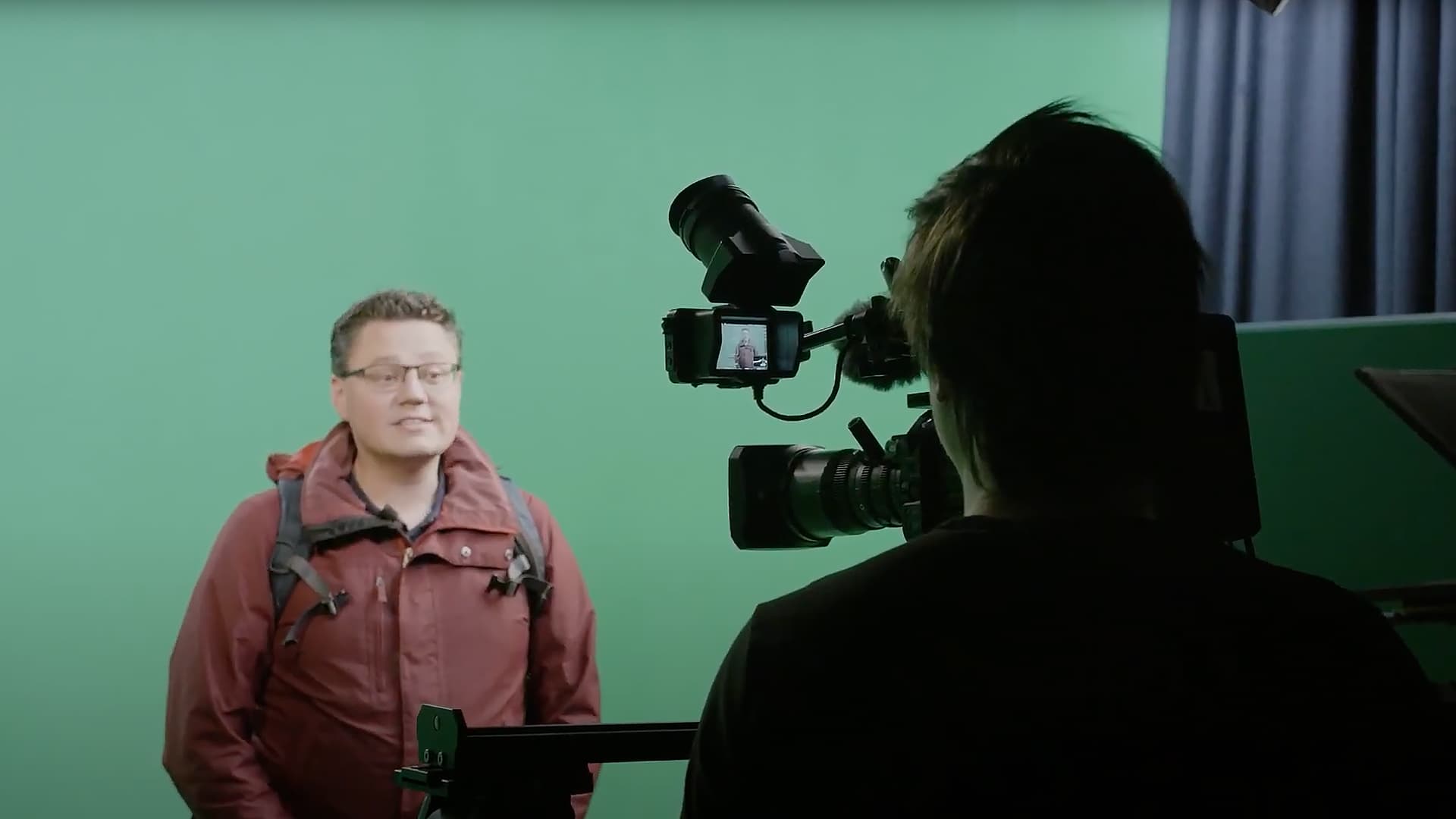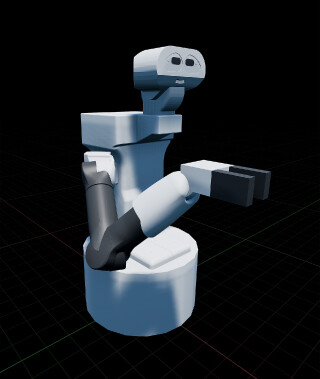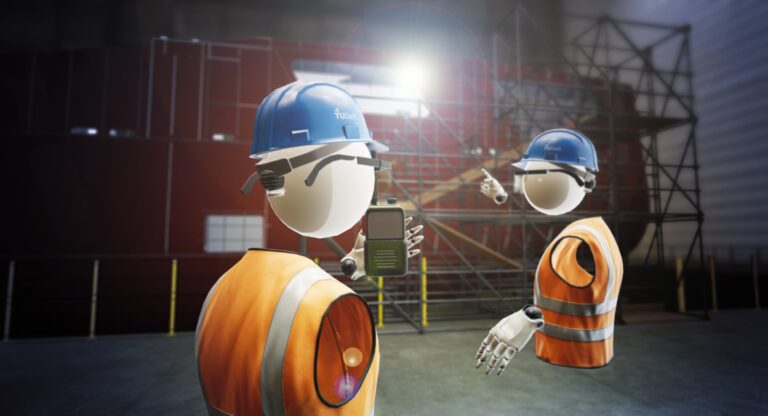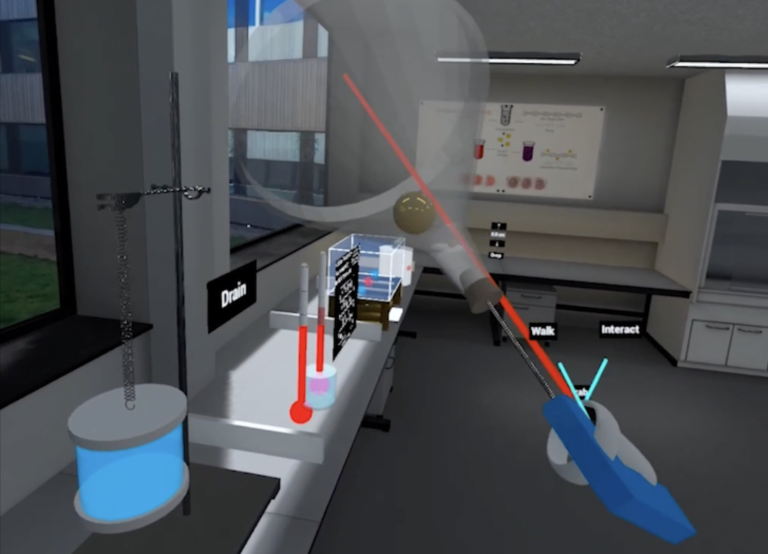Virtual Production 4 Education
Footage from Mars rovers and images of vehicles have been out there for years, but getting the feel of the scale of these objects in comparison to a human has always been difficult. Lecturer at Astrodynamics & Space Missions, TU Delft Aerospace Engineering, Sebastiaan de Vet wanted to show the scale differences between Mars vehicles created over time by NASA. Many people have seen footage from Mars rovers but they usually lack the feeling of scale as there are usually no people in the scene for reference.
To solve this issue the NewMedia Centre of TU Delft has created a virtual production studio that enables teachers and researchers to blend into their 3D virtual content thus creating a realtime augmented video.
Sebastiaan had the idea to walk past a chronological lineup of all the vehicles, where he would stop to talk about each vehicle and then move on to the next one with a final shot showing all vehicles in one scene.
Thanks to this studio, the dynamic content can be made on an affordable scale for education. It will enable teachers and researchers to step into their 3D virtual content, thus creating a realtime augmented video.
“ The virtual studio features free-moving cameras where the foreground and background will move accordingly in scale, position, rotation and focus with the moving cameras.”

How does it work?
The students are able to see the professor on the video as if he is a part of a preset environment: in this case he is walking on the Mars surface. This project requires preparation, however. The virtual studio features free-moving cameras where the foreground and background will move accordingly in scale, position, rotation and focus with the moving cameras. A powerful computer renders the dynamic foreground and background in real time.
The Mars landscape was created from scratch using Pixel Mega scans. All was put together and after a bit of tweaking a realistic Mars landscape with rover vehicles was created: The 3D Models from the rovers are provided by NASA but needed to be optimized by the NMC before they could be used in VR.
“We used three types of cameras: a static camera, a camera on a slider and a free moving cameraman. We also wanted to shoot close-up as well as a wide scenery. The virtual studio allows rebuilding shoots as you like and it’s relatively easy to sync the fore and background on the fly,” says Roland van Roijen, Coördinator Media Lab | Media / XR / 3D Designer.
VR tech: Arend-Jan Krooneman
3D modeling: Arno Freeke – Roland van Roijen
Director: Maik Helgers
Camera: Boris Swaen – Geraldo Solisa – Julia Zomer
Mars models: NASA





